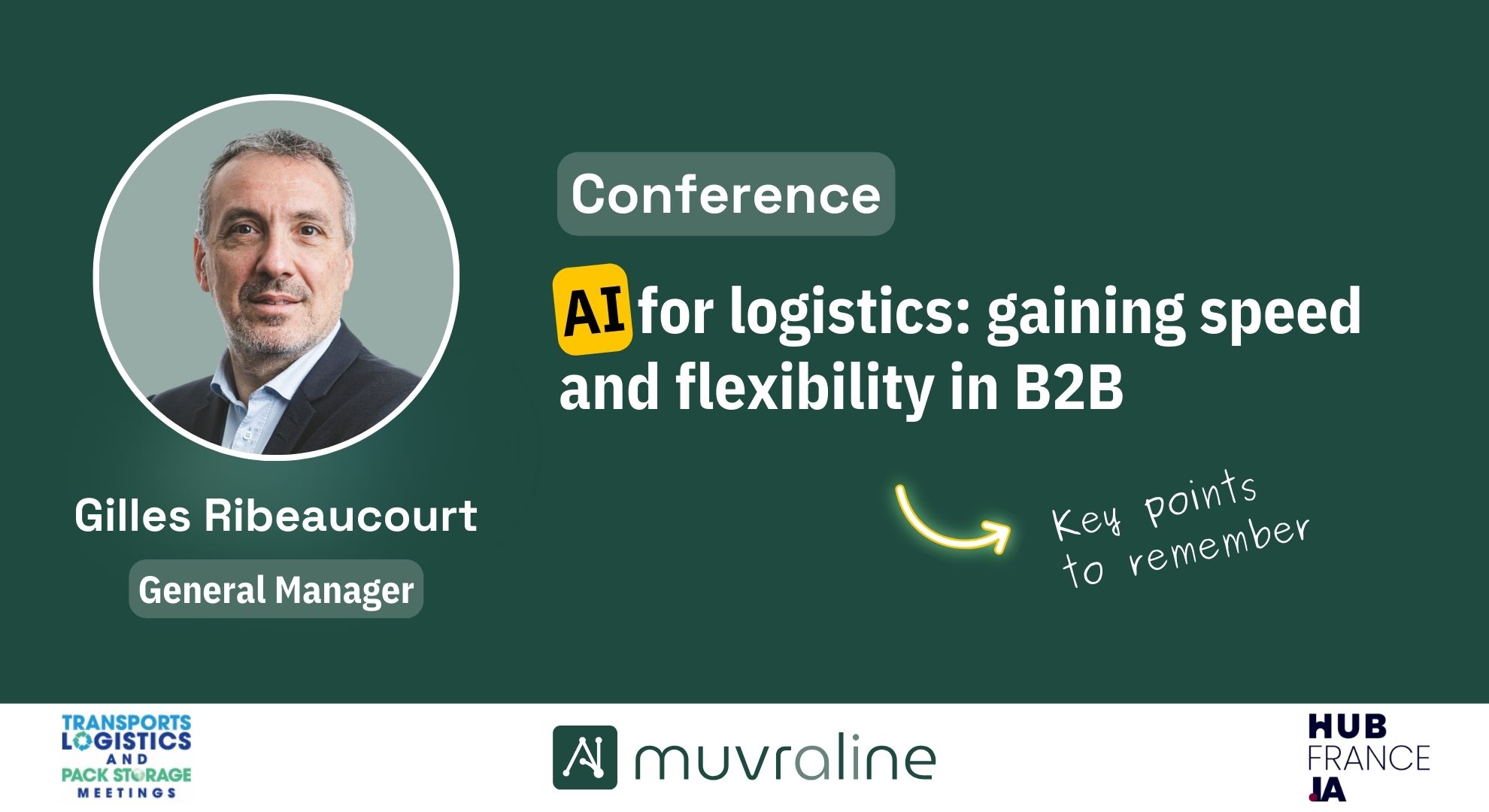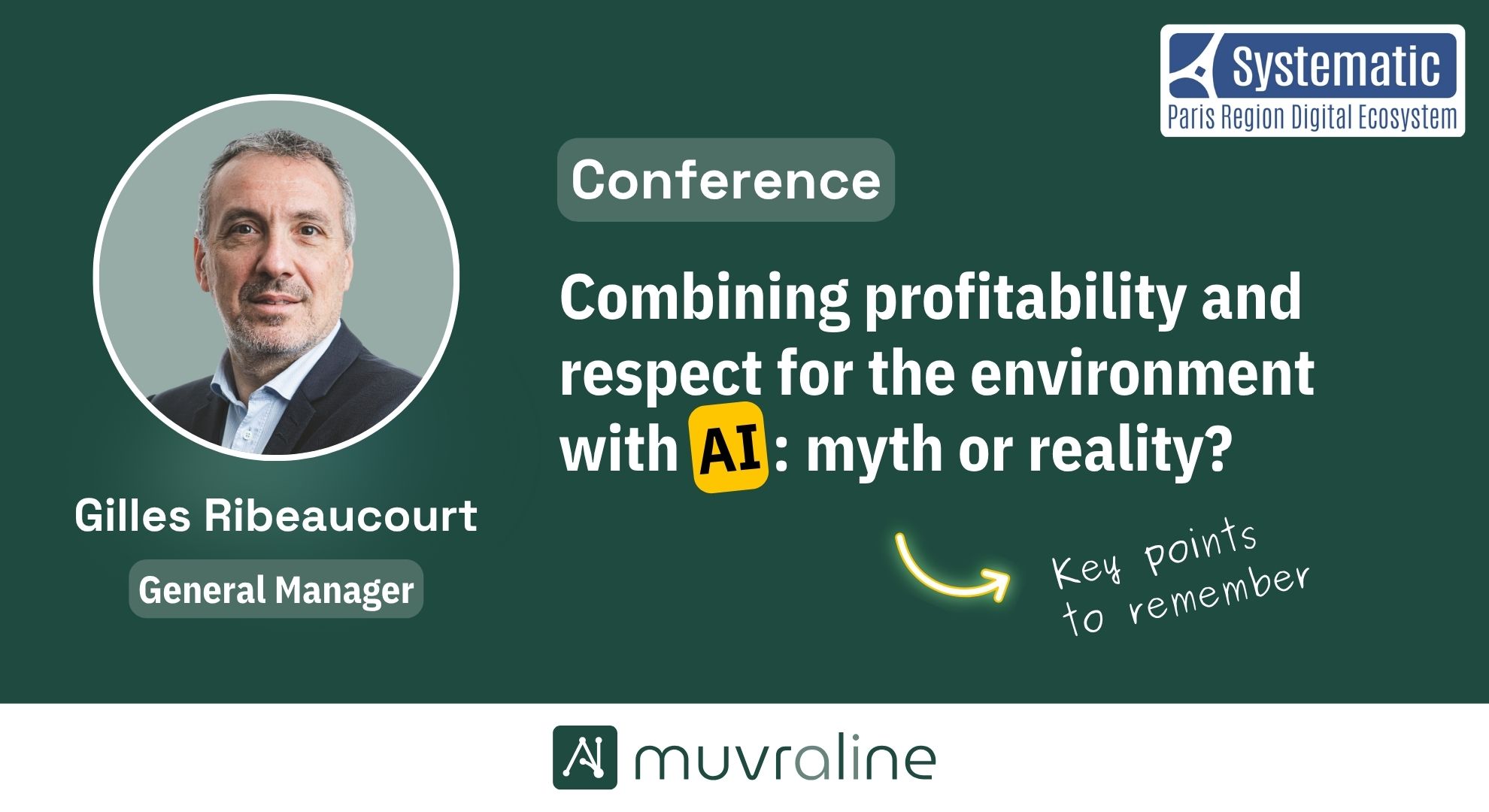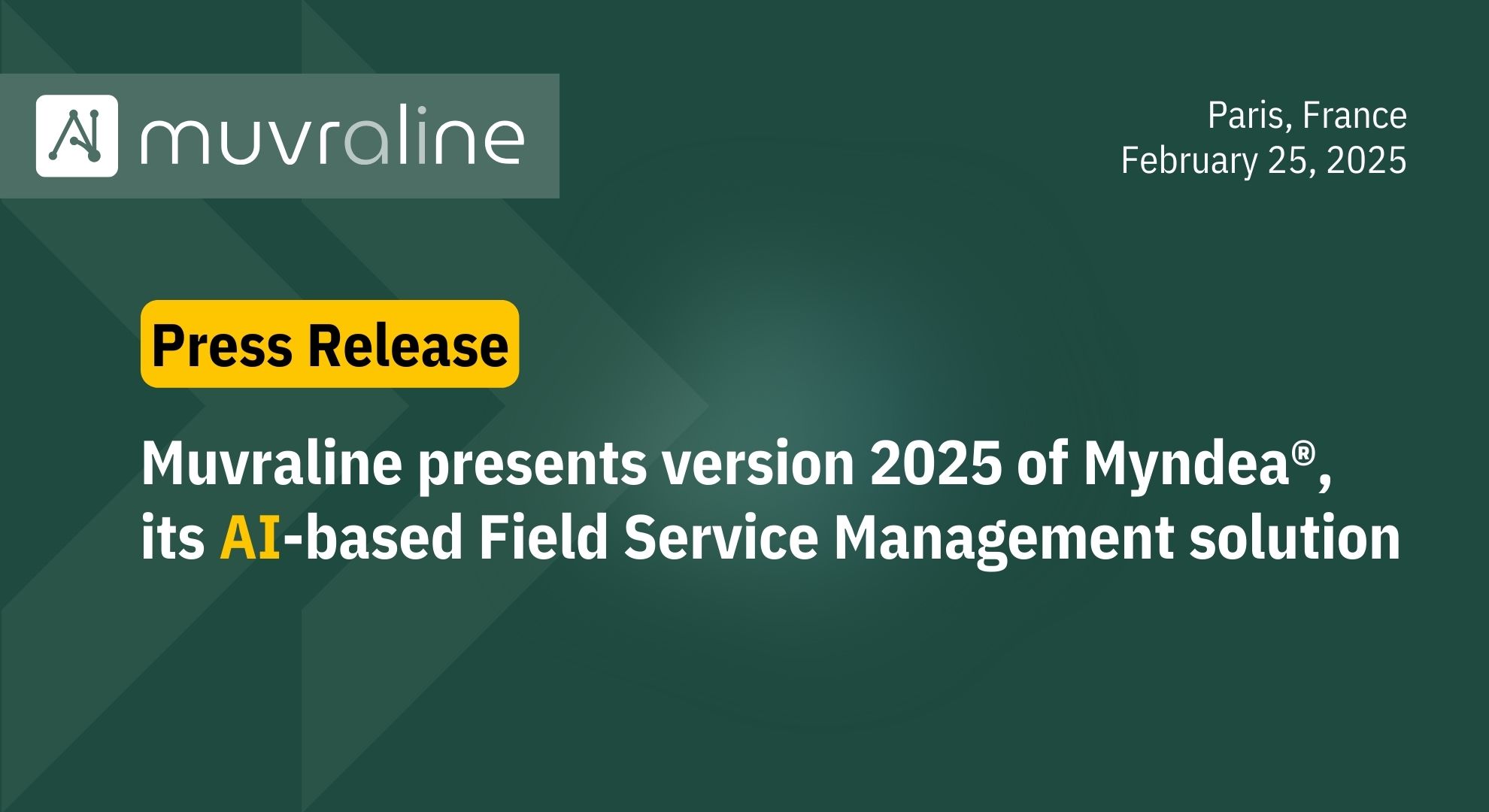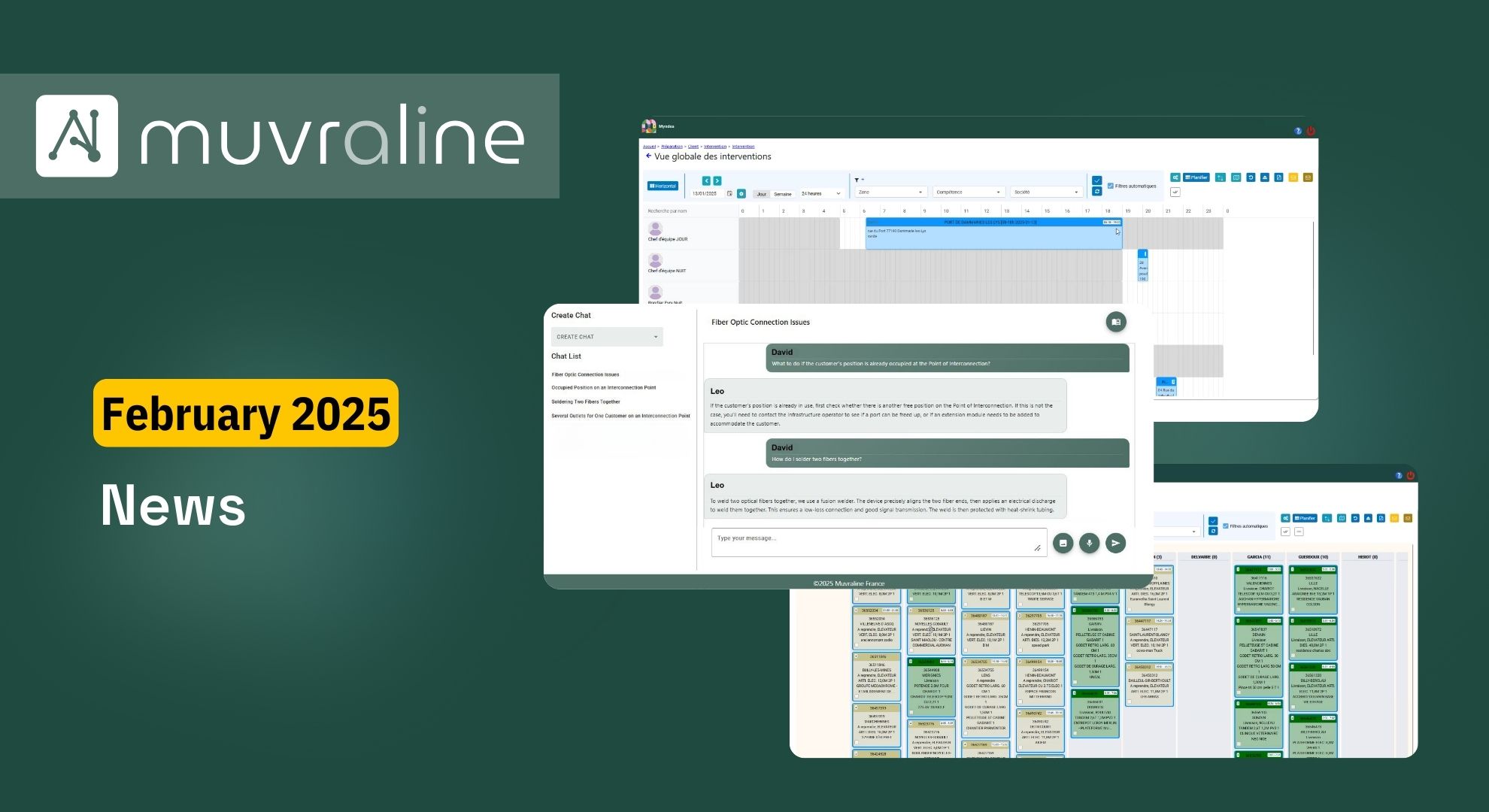On February 5, 2025, Gilles Ribeaucourt, Managing Director of Muvraline, represented Hub France IA’s ‘Transport and Logistics’ Working Group at the “AI at the service of logistics: gaining speed and flexibility in B2B” conference at Transports Logistics and Pack Storage Meetings.
He had the opportunity to exchange views with the players present on the benefits of AI in Transport and Logistics.
One thing was clear, and this was shared by the players present at the conference: the Transport and Logistics sector is not one of the most advanced in terms of the use of AI, particularly when this requires the exchange of information between different players, as well as interconnections and data transfers, sometimes deemed sensitive by companies…
In France, for example, it is estimated that around 500 million hours are lost every year in the Transport and Logistics sector, just by manually copying information. And which could have been eliminated by interconnecting information systems and without resorting to AI (which can decipher documents).
Consequently, the main uses identified in the short and medium term mainly concern applications within the same company. Priority is given to recurring, tedious and time-consuming tasks that digitization over many years has been unable to address due to a lack of sufficiently powerful tools, or lack of nuance: order management, transport and operations planning, or supply forecasting.
Order taking agent
One of the first uses envisaged by companies is often to have an AI agent to automatically transform order emails into standard forms that can be used directly by CRM or ERP systems.
With this AI agent, order or customer managers can focus on discussions with customers, rather than deciphering emails and transcribing them into forms.
Already targeted by ‘near-shore’ outsourcing in countries with inhabitants fluent in the French language, the order-taking agent thus makes it possible to improve productivity and:
- Speed up order processing
- Increase the interest of order and customer managers, who are more focused on the commercial relationship rather than the sometimes erroneous transcription of information into order forms.
Transport and operations planning
Rubiks Cube by excellence as soon as the fleet reaches a significant size, transport planning (deliveries, interventions…) becomes even more prone to a major loss of efficiency as soon as unforeseen circumstances arise: how can the fleet’s day be reorganized when drivers announce their absence at the last minute and a major customer places an emergency order? Not to mention the breakdowns that need to be dealt with quickly…
AI makes it possible to deal with these cases in real time, in an optimized way, while offering visual activity control.
Supply forecasting
Supply forecasting also comes up frequently as a desired use for Transport and Logistics.
Everyone involved in supply forecasting knows how much time they spend trying to come up with the best possible forecasts. But they also know how complicated it is to integrate all the variables, including the potential precautions that the people they deal with would like to incorporate into these forecasts.
As a result, forecasts have every chance of either generating additional inventories which are detrimental to the company’s cash flow, or generating shortages which are detrimental to sales.
No Myndea, no future
These few examples show that AI can already have a significant impact not only on the operational efficiency of companies, but also on their business as a whole. In the same way as office automation and digitization.
Which companies work today without office automation or digitization? The same will soon be true of AI.
So the question is not IF AI should be used in business, but WHEN and WHERE to start.
With Muvraline’s Myndea® solution, these different use cases are already available in an integrated, fully-configurable solution, just like a CRM:
- AI agent for order management
- Dynamic real-time AI scheduling of interventions
- Trusted ChatBot to support field operatives
- AI image recognition to validate interventions, with a tool that can be configured by the company itself.




